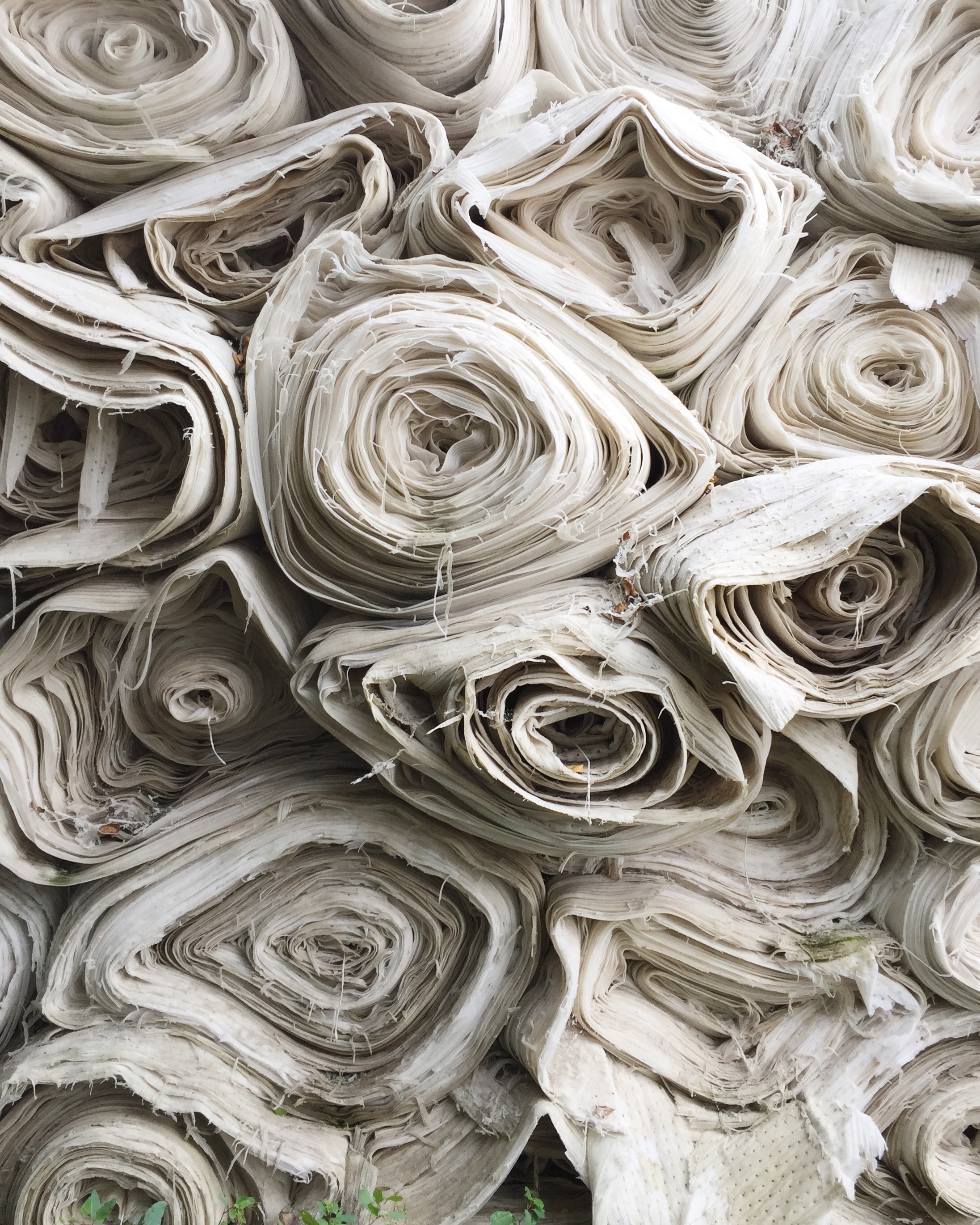
Cheap… But At What Cost?
written by Nora Taplin
edited by Rita Johnson
Ever since I was in junior high, it has been my responsibility to purchase my own clothes. Think about that: too young to get a stable job but overwhelmed with the daily pressures to be one of the “fashionable” girls in my class. There was one flawless solution: fast fashion. From the dressing rooms of Target to the sale racks at American Eagle, there was always something to spice up my growing wardrobe, staying within the limitations of my budget.

As consumers, we are quick to find the best “deals” and “sales” to save an extra buck. How many pieces of clothing do you have under twenty dollars? Ten items? Fifty? More? Even though stores like Zara, Pretty Little Thing, and Urban Outfitters will always hold a place in my heart, I think it’s time we seriously examine the consequences our shopping habits are inflicting on the planet.
According to the
World Resources Institute (WRI)
, one cotton shirt requires 2,700 liters of water. That’s enough water to sustain an average person for two and a half years! Considering the severity of the current level of water pollution and water shortages, this statistic is concerning enough. But wait! That same wastewater is then released into natural bodies of water, making fast fashion the second most polluting industry for water. That doesn’t even factor in textile waste. According to the United Nations Environment Programme,
“Every second, the equivalent of one garbage truck of textiles is landfilled or burned. If nothing changes, by 2025 the fashion industry will use up a quarter of the world’s carbon budget.”

How many of us actually understand the production cost of our clothes? If a top from H&M is $15, how much does it cost to make it? How much do the workers get paid to make it? How much does the brand make by slapping a label on and shipping it worldwide to stores? A majority of today’s fashion consumers give no thought to this and fail to consider the ethical and environmental repercussions of shopping fast fashion. The average American generates around 80 pounds of textile waste every year. Aside from that, there are excessive amounts of plastic and other harmful packing materials used for shipping and handling each garment.
Let’s think about your current closet. Because of the constant influx in trends, clothes are going out of style rapidly, losing value. So perhaps you go through your closet, removing all the items that don’t interest you anymore. You take them to a consignment shop in an effort to be “environmentally friendly.” This is a great first step. However, how many of those clothes are rejected? How many of those items are tossed because there are too many garments?
I think the main way that we can help end the vicious cycle of fast fashion is to demand fewer clothes. Fashion should be an investment. Instead of sinking money into countless cheaply made trendy pieces that use up water resources, invest in timeless, higher-quality clothing made by sustainable companies. Find local and online thrift stores to purchase cheap, already once loved items to fit into current trends.
It’s time we mature out of fast fashion and get serious about the consequences of our fashion habits.





